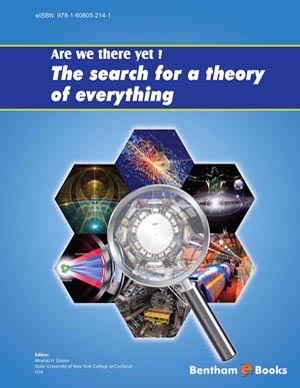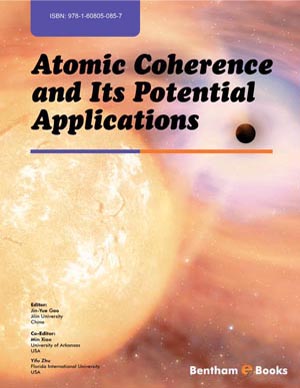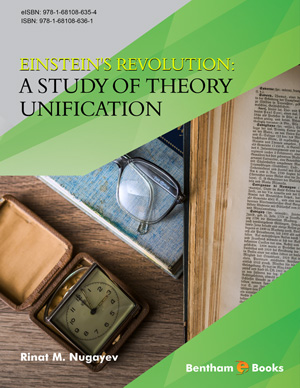Abstract
A recent Lattice Boltzmann (LB) method applied to diffusion-reaction processes for chemical and environmental applications is shown, in particular to physicochemical processes that take place in environmental systems, such as aquatic systems, porous media, sediment, soils and biofilm layers on inert substrates. The inherently multi-scale problem in space and time of such types of applications has been investigated via the combination of two techniques, the time splitting and the grid refinement methods. We will describe in detail how the two techniques have been combined to produce a new numerical method that has been implemented in the computer program MHEDYN. Recent results on metal flux (biouptake) and dynamic speciation at bio-interface in ligand mixtures will be presented, specifically on the roles of simple, fulvic and aggregate complexes on metal of particular interest for their ecotoxicology in freshwater ligand mixtures at planar consuming interfaces. Furthermore, the role of Michaelis-Menten boundary condition at consuming interface will be pointed out under specific conditions. Further extension of the model to biofilm with the inclusion of convection driven by chemical gradient will be discussed.
Keywords: Chemical gradient, computer program MHEDYN, diffusion-reaction process, ecotoxicology, environmental systems, grid refinement, ligand mixtures, metal flux (biouptake), Michaelis-Menten boundary condition, multiscale problem, physicochemical process, time splitting.








.jpg)




